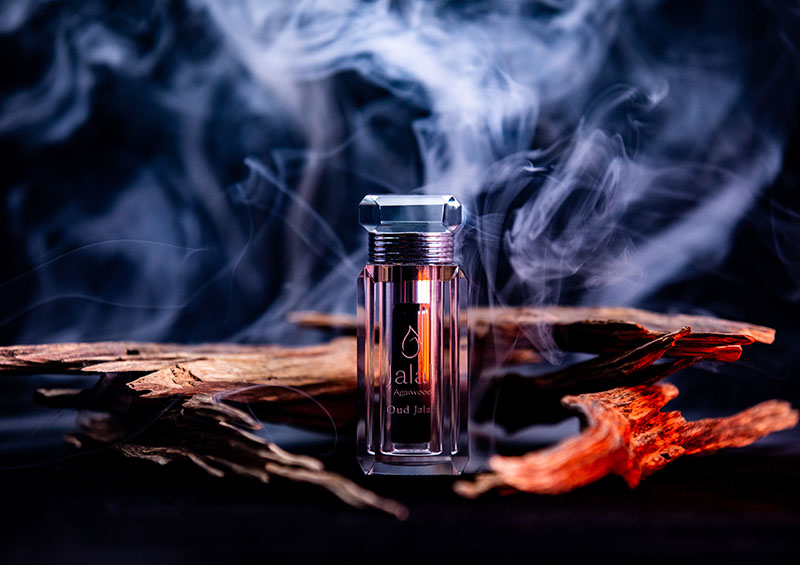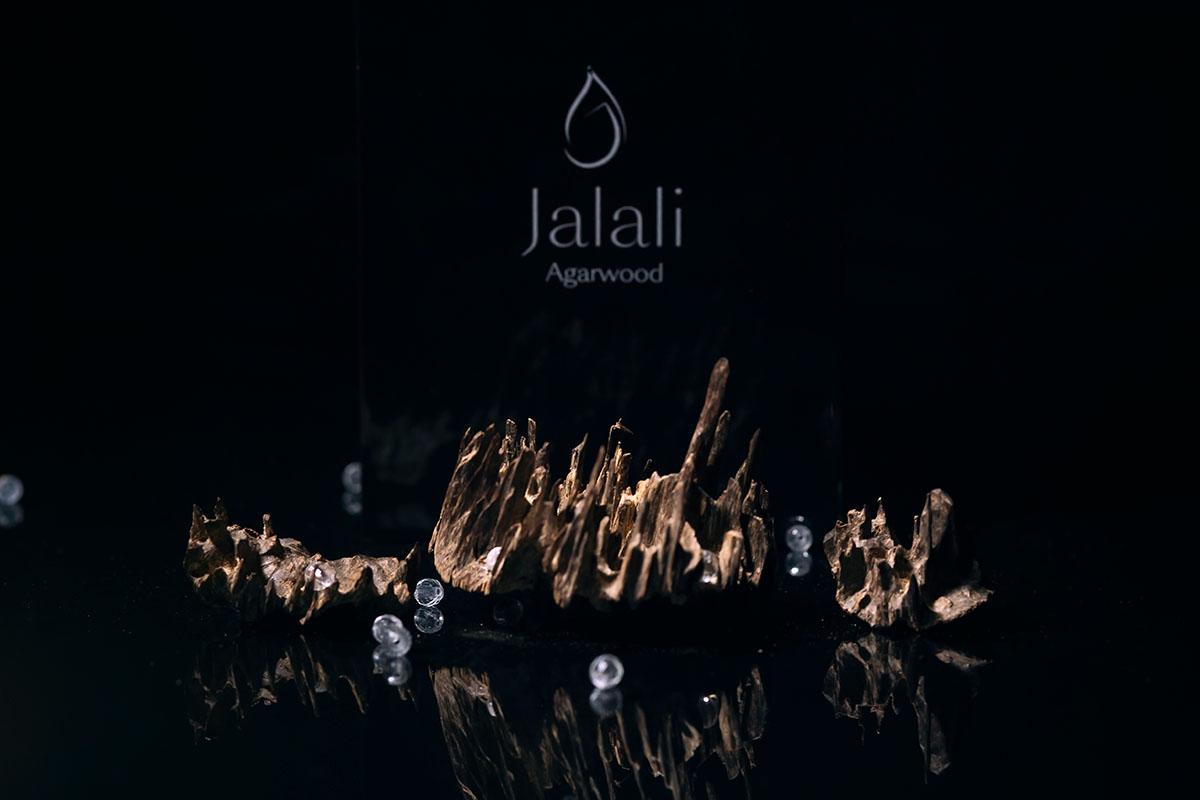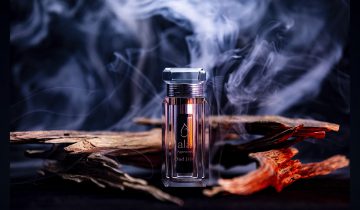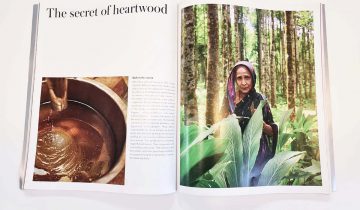Oud is a natural fragrance derived from the bark and resin of the Agarwood tree which grows in South Asia. Noted for its ‘woody’ and ‘pungent’ aroma it has grown in popularity today to become one of the most expensive ingredients in perfumery.
Oud products include Oud Oil which is generally applied to the body or skin, or Oud Wood Chips which are burned. The smell of Oud can be described as intense and earthy, and it is highly prized in the Middle East and Asia.
What are the origins of Oud?
Oud and Agarwood have been described in various ancient texts for many centuries with one of the earliest mentions coming in the Sanskrit Vedas from around 1400 BCE. Infact, the term Agarwood is taken from the Hindi ‘Agar’ which is itself derived from the Sanskrit ‘Aguru’.
From the 3rd Century the use of Oud had spread to South East Asia including China, Vietnam and Cambodia. Historical texts from the time mention the cultivation and application of Oud. Within a few centuries Oud was being used in places such as Japan and Eastern China.
Over the course of Centuries Oud became an important part of Hindu, Islamic and Chinese Folk medicine and religion. By the 6th Century Oud had become a highly sought after commodity along the Silk Road and particularly the Middle East where it retains a prized status even today
The history of Oud in the Middle East
From the 8th Century onwards, and with the rise of Islam, Oud became embedded into Arabic culture. From the Islamic Hadiths such as the Sahih Muslim there are references of the Prophets using Oud as well as the famous Arab explorer Ibn Battuta.
The use of Oud wood was regarded as highly effective in the aid of meditation as well as for some medicinal and aromatherapy applications. Over time the use of Oud in the Gulf region has spread to all areas of daily life including use in perfumes, burning of incense in religious festivals and general scenting within the home.

The spread of Oud
By the mid-15th Century Oud had become known as ‘Black Gold’ and its value was credited with increased trade in Agarwood. As well as using Agarwood for the production of Oud the bark itself was also used for such items as paper, writing-aids and meditation beads.
As trade in Asia expanded, and with the arrival of Europeans, knowledge of Oud increased as did its value. Although Oud itself has never been a staple in European perfumery, it has held an attraction with anyone looking for the most luxurious and prestigious ingredients.
The 16th Century is also the time that the Jalali Family began developing its craft in the production of Oud. Through ancient techniques and time-tested methods, we have forged a rich culture of Oud distillation which cannot be found anywhere else in the world. Our prized Oud Oil is rich in flavour and aroma, and this is why it has become the hallmark of the purest and most potent Oud available today.
The role of Oud today
Today, Oud is seen as a status symbol and has retained its high value for centuries. The huge economic developments in the Gulf has only further boosted its allure not only within the region but across Europe and North America.
Although Oud Oil and Oud Wood is still a luxury item, it is also becoming somewhat more accessible to a wider audience who can appreciate its rich notes and scents.
At Jalali Agarwood we have been cultivating the very highest form of Oud for over 6 generations. Our artisan techniques have been refined over centuries to produce an Oud which is widely considered to be the best in the world. We now work with the very best perfumery companies to produce remarkable aromas which live long in the memory and heart of its patrons.





